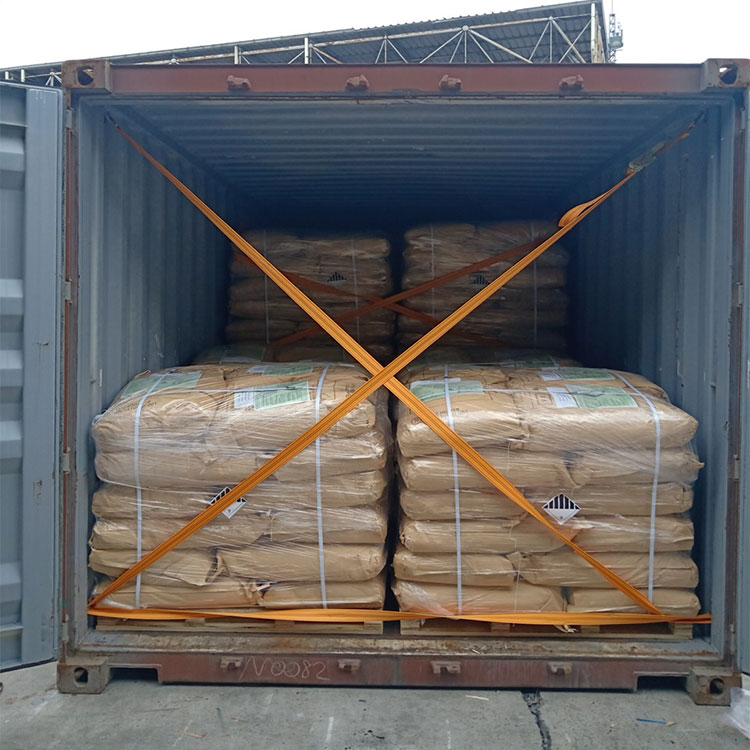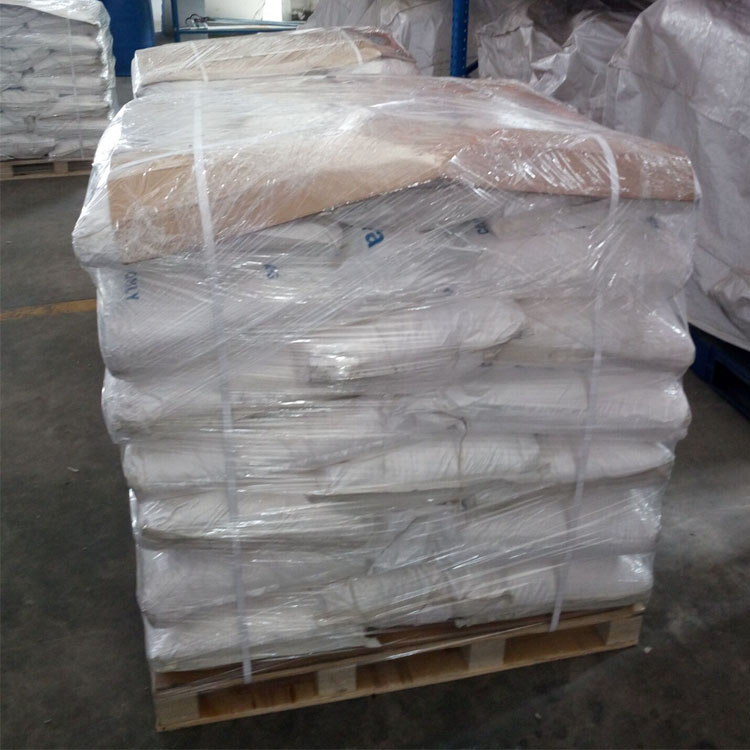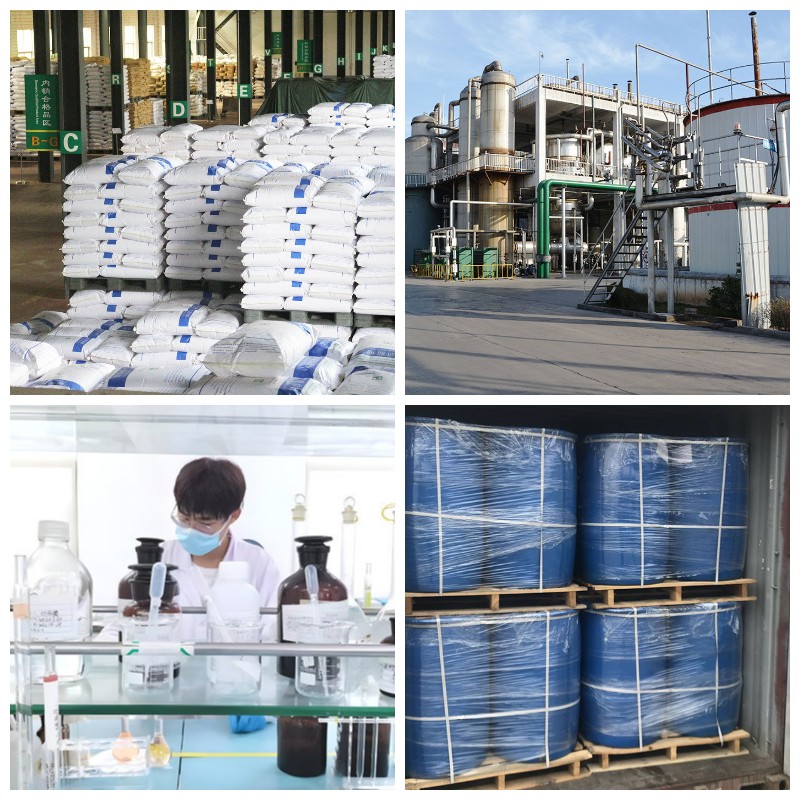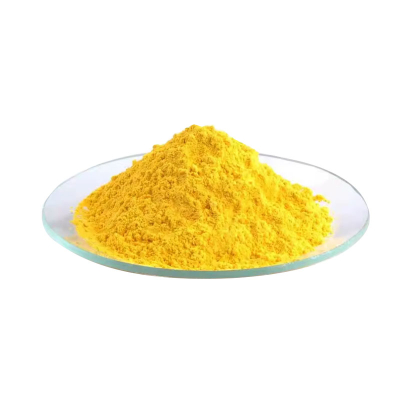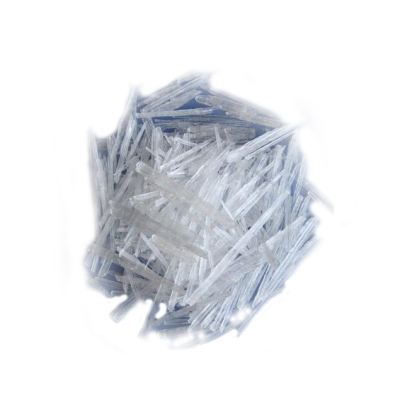Sodium hydroxide CAS# 1310-73-2
CAS Number: 1310-73-2
Chemical Formula: NaOH
Synonyms:
SODIUM HYDROXIDE SOLUTION
causticflake
REAGENT GRADESODIUM HYDROXIDE SOLUTION
Appearance: White flakes
HS Code: 2815 11 00
MOQ (Minimum Order Quantity): 1 FCL (Full Container Load)
Products Description of Sodium hydroxide CAS# 1310-73-2
Sodium hydroxide, also known as caustic soda and caustic soda, has the chemical formula NaOH. It is a highly corrosive strong base, usually in white flakes or granules. It can be mixed with water to form an alkaline solution, and can also be dissolved in methanol and ethanol. This alkaline substance is deliquescent and will absorb water vapor in the air, as well as acidic gases such as carbon dioxide. Sodium hydroxide is one of the commonly used chemicals. It has a wide range of applications and is a necessity in many industrial processes: it is often used in the manufacture of wood pulp paper, textiles, soaps and other detergents, and is also used in household alkaline drain cleaning products.
Parameters
| Melting point | 681 °C(lit.) |
| Boiling point | 1390°C |
| density | 1.515 g/mL at 20 °C |
| vapor density | <1 (vs air) |
| vapor pressure | 1 mm Hg ( 745 °C) |
| refractive index | 1,473-1,475 |
| Fp | 176-178°C |
| storage temp. | room temp |
| solubility | H2O: 1 M at 20 °C, clear, colorless |
| form | beads |
| color | White |
| Specific Gravity | 2.13 |
| PH Range | 13 - 14 |
| PH | 10.98(1 mM solution);11.95(10 mM solution);12.88(100 mM solution); |
| Odor | Odorless |
| Water Solubility | SOLUBLE |
| λmax | λ: 260 nm Amax: 0.015 λ: 280 nm Amax: 0.01 |
| Decomposition | 176-178 ºC |
| Sensitive | Air Sensitive & Hygroscopic |
| Merck | 14,8627 |
| Dielectric constant | 57.5(25℃) |
| Exposure limits | TLV-TWA air 2 mg/m3 (OSHA); ceiling 2 mg/m3 (ACGIH) and 2 mg/m3/15 min (NIOSH). |
| Stability: | hygroscopic |
| CAS DataBase Reference | 1310-73-2(CAS DataBase Reference) |
| NIST Chemistry Reference | Sodium hydroxide(1310-73-2) |
| EPA Substance Registry System | Sodium hydroxide (1310-73-2) |
| Safety Information |
| Hazard Codes | C,Xi |
| Risk Statements | 36/38-35-34 |
| Safety Statements | 26-45-37/39-24/25-36/37/39 |
| RIDADR | UN 1824 8/PG 2 |
| OEL | Ceiling: 2 mg/m3 |
| WGK Germany | 1 |
| RTECS | TT2975000 |
| F | 8 |
| TSCA | Yes |
| HS Code | 2815 11 00 |
| HazardClass | 8 |
| PackingGroup | II |
| Hazardous Substances Data | 1310-73-2(Hazardous Substances Data) |
| Toxicity | LD orally in rabbits: 500 mg/kg (10% soln) (Fazekas) |
| IDLA | 10 mg/m3 |
Product Application of Sodium hydroxide CAS# 1310-73-2
Sodium hydroxide has a wide range of uses. In chemical experiments, in addition to being used as a reagent, it can also be used as an alkaline desiccant due to its strong hygroscopicity. Caustic soda is widely used in the national economy and is needed by many industrial sectors. The sector that uses the most caustic soda is the manufacture of chemical drugs, followed by papermaking, aluminum smelting, tungsten smelting, rayon, artificial cotton and soap manufacturing. In addition, a large amount of caustic soda is also used in the production of dyes, plastics, pharmaceuticals and organic intermediates, the recycling of old rubber, the production of gold, the electrolysis of water and the production of inorganic salts, the preparation of borax, chromium salts, manganates, phosphates, etc. Industrial sodium hydroxide should comply with the national standard GB209-2006; industrial ion exchange membrane sodium hydroxide should comply with the national standard GB/T11199-89; chemical fiber sodium hydroxide should comply with the national standard GB11212-89; edible sodium hydroxide should comply with the national standard GB5175-85.
actory and Equipment Show
Fast delivery time
Inventory 2-3 working days New production 7-10 working days



